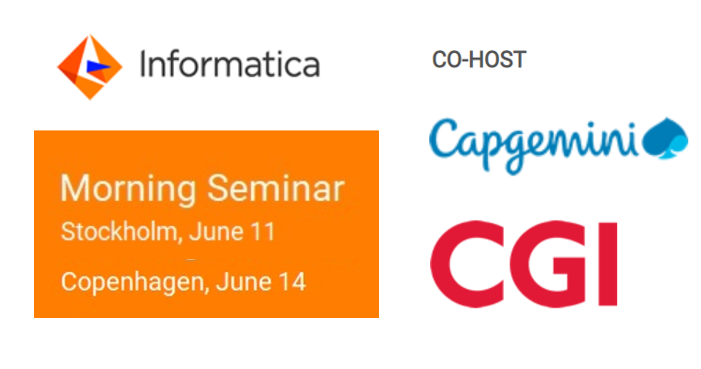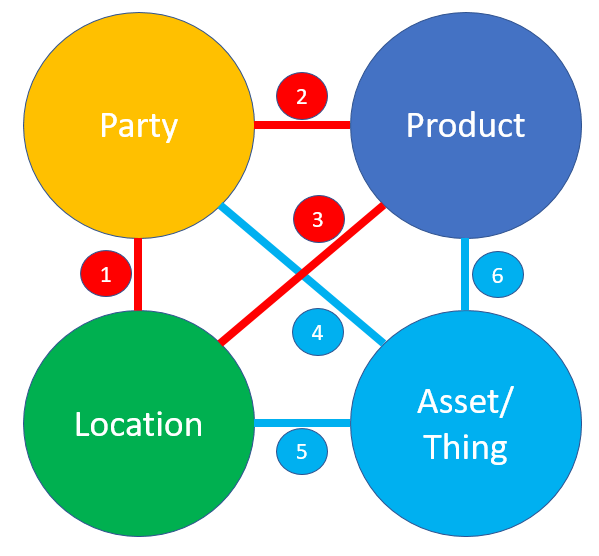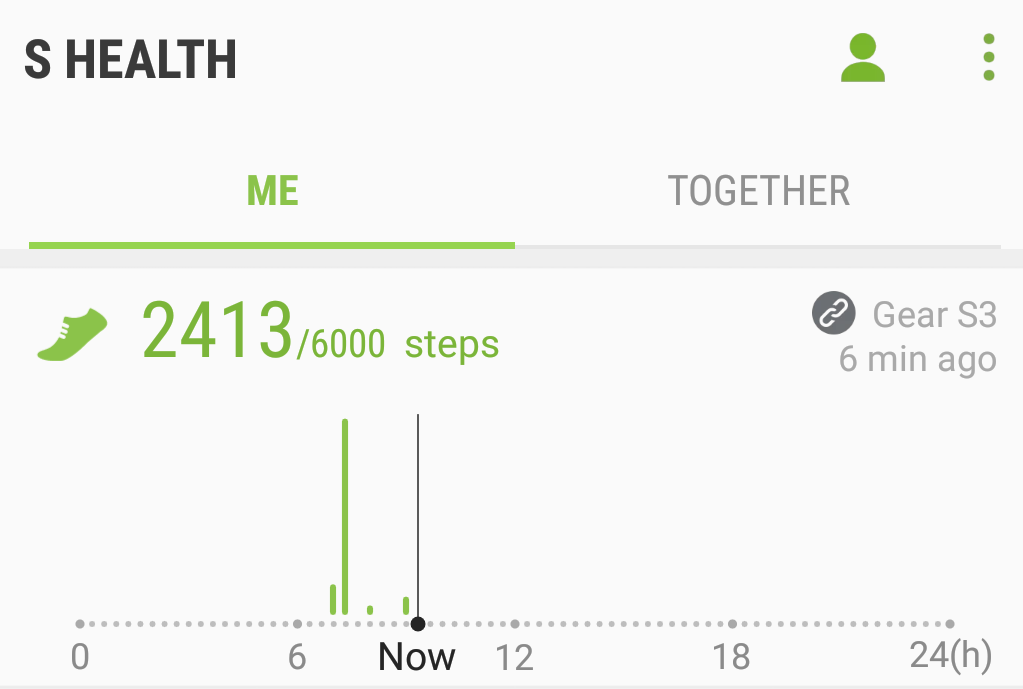Master Data Management (MDM) has a lot of common considerations regardless of the industry where MDM will be blueprinted and implemented and then there are some key aspects to consider specifically for a given industry.
For manufacturing I have found these 4 aspects as key areas when making the roadmap and deciding on Master Data Management architecture principles:
● The impact of Internet of Things (IoT) and Industrial Internet of Things (IIoT)
● Balancing global and local
● Mix of implementation styles
● Direct and indirect customers
The impact of Internet of Things (IoT) and Industrial Internet of Things (IIoT)
More and more produced products are smart devices. This goes for household appliances, power tools, cars and much more. Thus, they are part of the Internet of Things (IoT) meaning that each instance of the product (each produced thing) has its own identity, with a specific configuration, with specific ownership and caretaker-ship and each thing is producing streams of data. This will considerably extend the reach of Data Management and will require your Master Data Management to be open towards business partners.
For manufacturing the producing equipment is also smart devices with a lot of data involved and this can only be sustainable maintained and governed by a master data approach. This realm is sometimes called Industrial Internet of Things (IIoT) which is a facet of Industry 4.0.

Balancing global and local
In manufacturing you can only centralize master data management to a certain degree. There are manufacturing and adjacent processes that are best kept localized due to essential variances in product characteristics, geographic differences and other specializations in line of work.
Therefore, finding the right balance between global and local is a crucial point in blueprinting your manufacturing data management solution, reaching the best fit Master Data Management architecture and building the overarching data governance framework.
Mix of implementation styles
For the same reasons you will not be able to follow a full-blown centralized Master Data Management implementation style. You will need to go for a consolidation Master Data Management style but not necessarily for all data domains and subdomains. You can mix these two styles in what can be seen as a co-existence Master Data Management style.
Direct and indirect customers
In manufacturing your direct customers are typically distributors and retailers who have the end-user customers as their direct customers. However, it happens that you have a business scenario where the same end-users also become your direct customer as a manufacturer. Also, you as a manufacturer for many reasons will benefit from loyally share the end-user customer data with your business partners.
Your Master Data Management implementation should cater for providing a true 360-degree view on customers in this complex business setup.
Learn more
One good resource for a deeper dive into the Master Data Management Architecture considerations in manufacturing is a presentation by my long-time data management peer Magnus Wernersson and Pekka Tamminen of Solita. Find the YouTube video here provided by Semarchy: Volvo Cars – Data Centricity & Digital Innovations with MDM Architecture.




 IIoT / Industry 4.0 is about how manufacturers use connected intelligent devices to improve manufacturing processes where the general IoT theme extends the reach out in the consumer world – with all the security and privacy concerns related to that.
IIoT / Industry 4.0 is about how manufacturers use connected intelligent devices to improve manufacturing processes where the general IoT theme extends the reach out in the consumer world – with all the security and privacy concerns related to that.
 In my eyes, connecting these smart devices and exploiting the big data you can pull (or being pushed) from them will require a lot for all Master Data Management domains. Some main considerations will be:
In my eyes, connecting these smart devices and exploiting the big data you can pull (or being pushed) from them will require a lot for all Master Data Management domains. Some main considerations will be:

